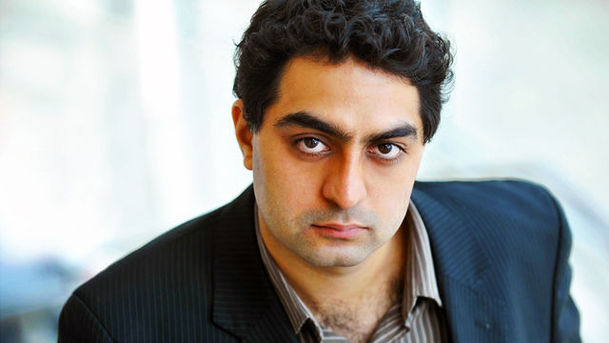Tiger v Dragon - The Power of the Poor

This is the Asian century. It will be increasingly dominated by two countries that share nearly half of the world's population: India and China. But the hype around the economic growth of these two Asian giants, lumped hopefully together as "Chindia," has obscured some much darker truths. In this provocative series of programmes, Mukul Devichand travels across frontiers, from the controversial new ports China is building in the Indian Ocean to the poor interior villages of these continent-sized countries. He examines whether China's authoritarianism may in fact be doing much more for the poor than India's sometimes bloody democracy. He also looks at how the old nationalist rivalries mingle with the intense hunger for oil and other natural resources. Far from the dream of a co-operative "Chindia," there's a risk India and China may well end up at odds with each other in what some have called an Asian cold war. Part 1: The Power of the Poor In the churn and tumult of India and China's rapid economic growth, which country has done more to lift the lives of its hundreds of millions of very poor? In the first programme of the series, Mukul Devichand travels from Indian sweatshops to villages in rural western China to tell a tale of difficult lives, development and bloodshed which challenges the very idea of democracy. While India gave the poorest a vote at the ballot box, Communist China delivered rural education and built roads and factories at breakneck speed. Has Indian democracy failed to deliver where authoritarian China has succeeded?